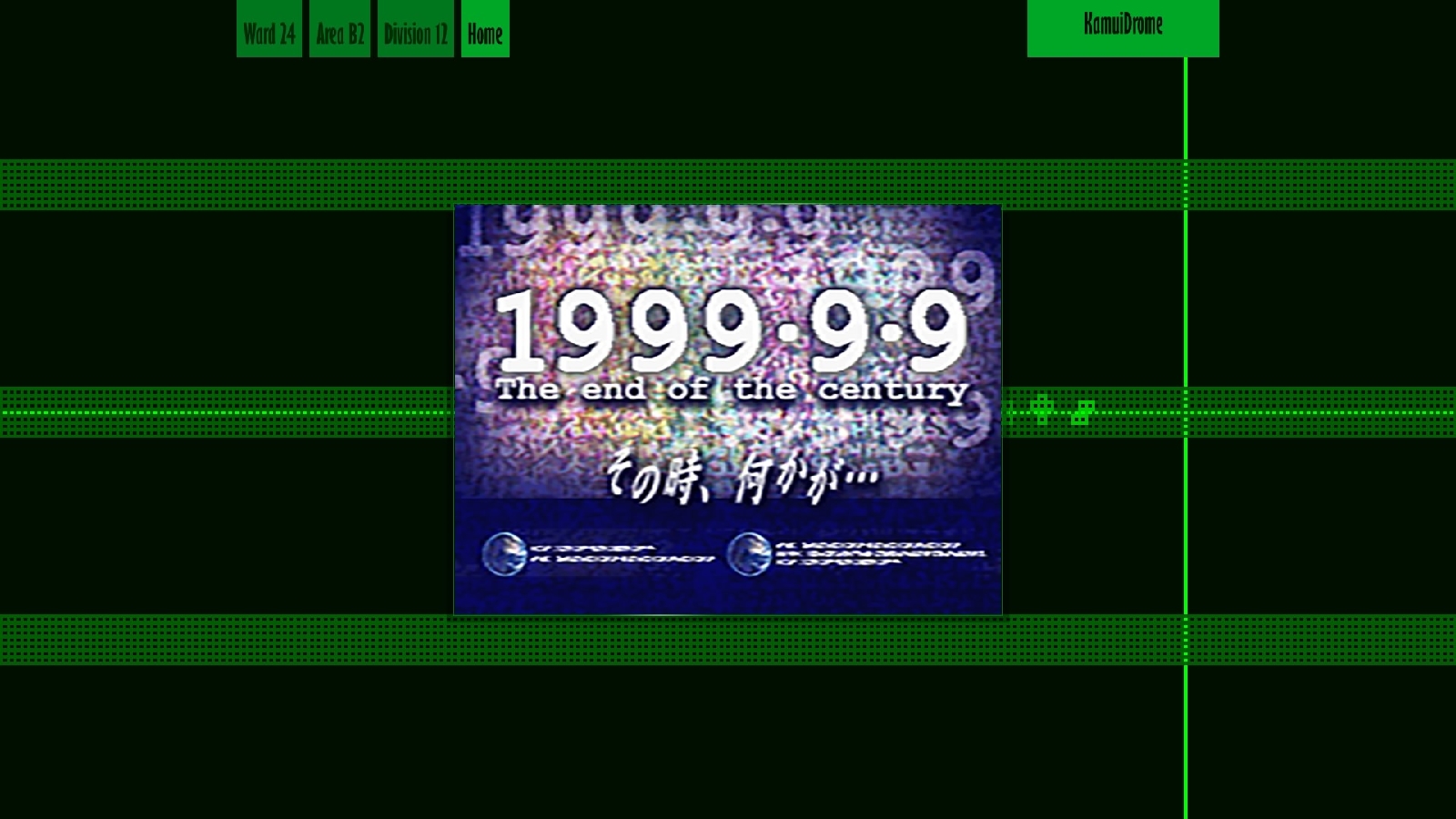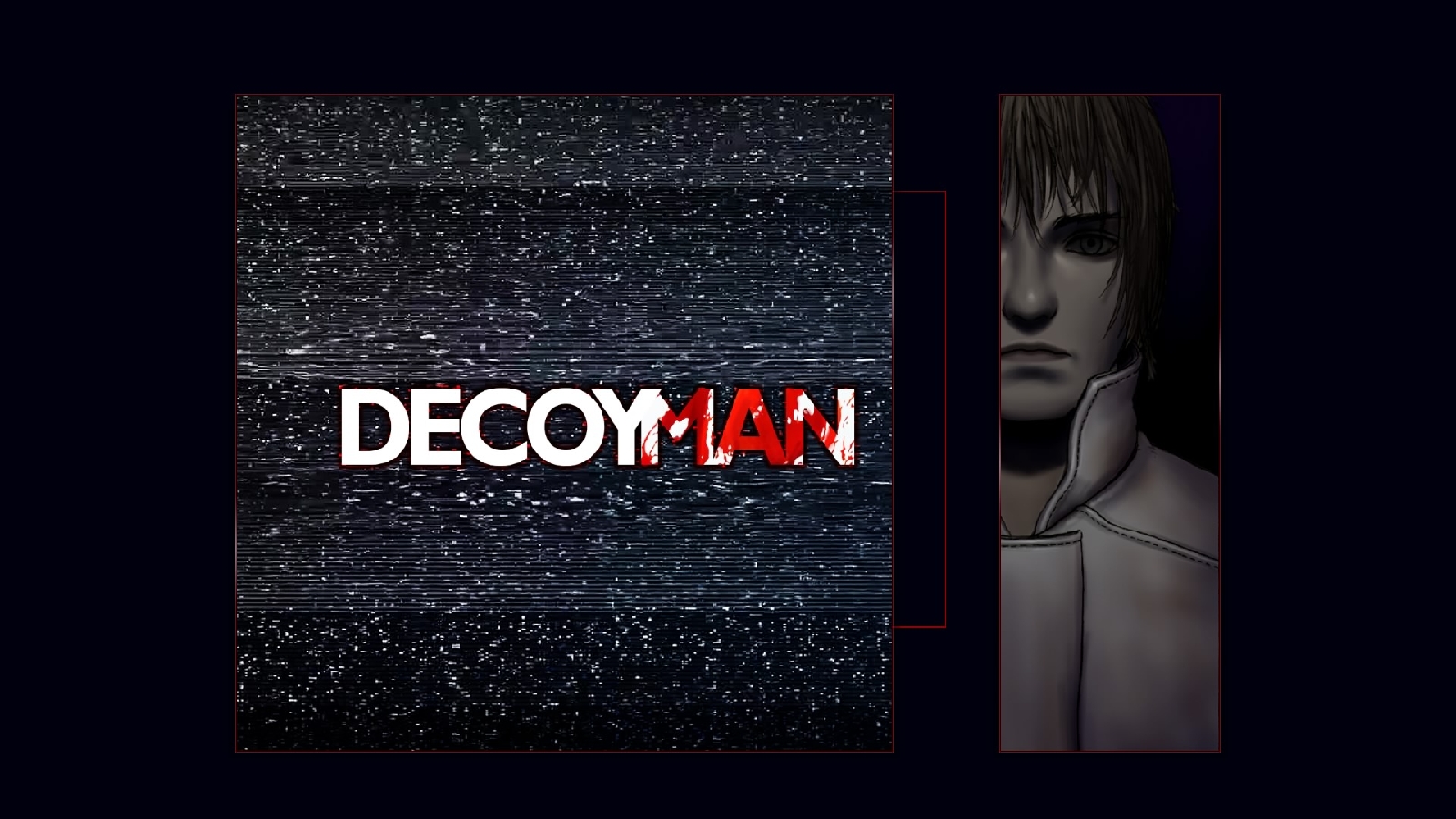It's that time once again where I highlight notable examples of the art of the screenshot whilst going on a bit about the game they belong to. So recently I played a pair of visual novels that caught my eye some time back. The Silver Case was the first game released by famed Japanese developer Grasshopper Manufacture and noted creative force Goichi Suda aka Suda51. Originally releasing on the original PlayStation in Japan back in the golden year that was 1999, it wouldn't see a Western release and localisation until it's HD re-release in 2016 on PC with other formats following soon after. This would be re-released alongside it's sequel The 25th Ward: The Silver Case and given my generally positive experience of Grasshopper games I tucked them away on my list for future attention. Well that moment has arrived and cometh the hour, cometh the baffling tale of intrigue, deception and inter-departmental warfare.
This isn't going to be one of those full-fat reviews, more a general flavour of how this game landed with me. As I say I generally enjoy the past efforts of this company and Suda51. No More Heroes, Shadows of the Damned and Lollipop Chainsaw are standout efforts that skillfully blend tight game loops with offbeat sensibilities. These are very much games developed with an understanding of what makes games distinct from other mediums. The challenge and reward is well balanced and overall it feels like time well spent. So despite not knowing much about The Silver Case and it's sequel, I went in with a guarded sense of optimism.
It starts off well enough. A strong sense of art direction sets the tone and mood very well. You're introduced to a special police unit dealing with violent crime in a utopian/dystopian Japanese city. There's your cynical detectives, there's orders from on high and of course, there is a killer on the loose. Stir in some allusions to a past case that made the names of the old timers back in the day and you get a whole lot of setup in a very short span of time. At times you really sense the prevailing zeitgeist of the late 90's with a hefty dose of multimedia presentation, online chat room tension and pre-millenial angst thrown in for good measure.
Which is all to say that it starts in a very promising way indeed. It's not a game that disavows it's place in popular culture. You get a feeling for a particular time and place playing these games, the first one especially so. Then alas things take a turn for the unexpected and soon the visual novel briefly becomes a clumsy first person jaunt through a 3D space as you investigate a crime scene. Not smooth movement through a space you understand, rather a laborious step by step trek through repetitive and uninspired 3D spaces. Yes this is where the cracks began to show.
Now I remember 1999, it's one of those years that sticks out pretty well for me. Unreal Tournament, Tony Hawk's Pro-Skater and Worms Armageddon came out that year. Not many sentences where I can drop those three particular games in together at once. Fifteen year old me can safely say games definitely mastered hassle-free 3D movement by 1999. It was a good year, a fine year in fact.
Yet somehow 3D movement in this game feels like something from ten years earlier. It is not fun and soon proves itself a distraction from what the game does well. I can only assume that the fledgling developer didn't have the resources it would have for it's later releases and so they made do with what they had back then. More concerning is the incoming realisation that this is very much the lesser of this game's evils. I'm not featuring those sections here because quite frankly there isn't much to look at in isolated snapshots and it's not where this game excels visually in any case.
Truth be told, the sequel does improve on this somewhat even if the fundamental movement system remains the same. What doesn't really improve across the two games is the fundamental method of storytelling at work here. It's a story with layers I'll give it that much but it's a story more complicated than complex. Competing police departments doing their day jobs whilst dealing with the fallout of past sins is the general flavour of it but it soon reached the point where I needed a flow diagram to make sense of who was really aligned with who. When the inevitable betrayals arrive the who, what and why of it all requires some explanation and a game lore walkthrough to really make it land. In a game that tries to setup major reveals in the eleventh hour, this is a pretty critical failing.
Part of this may be the localisation and translation efforts on offer here but critically I think the issue is very much with the games themselves. Opaque storytelling can very much work for the type of story being told here but in this instance, it feels badly overcooked. The copious amounts of dialogue are occasionally interesting but often quite perfunctory. The visual novel elements are easily the highlight of the experience but even here three can be a sense of overfamiliarity as certain elements repeat themselves with only minor variation. The soundtrack is a consistently decent throughout but can't quite compensate for the shortcomings elsewhere.
Likewise there's a palpable sense of weirdness here that I certainly enjoy but not enough of it to make the rest of the experience worthwhile. The games certainly have their fans but I cannot include myself among them, neither The Silver Case nor The 25th Ward: The Silver Case will be making my list of all-time greats it's safe to say. As an experiment in combining the visual novel with first person exploration it's a mixed result that remains very much a product of its time. A curious historical artefact for the die-hards and highly patient alike.






Comments
Post a Comment